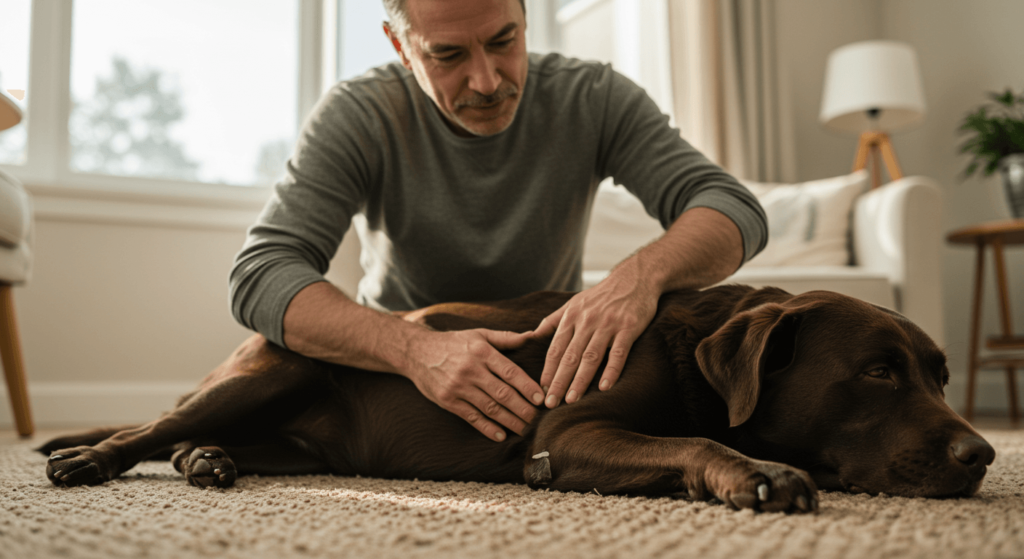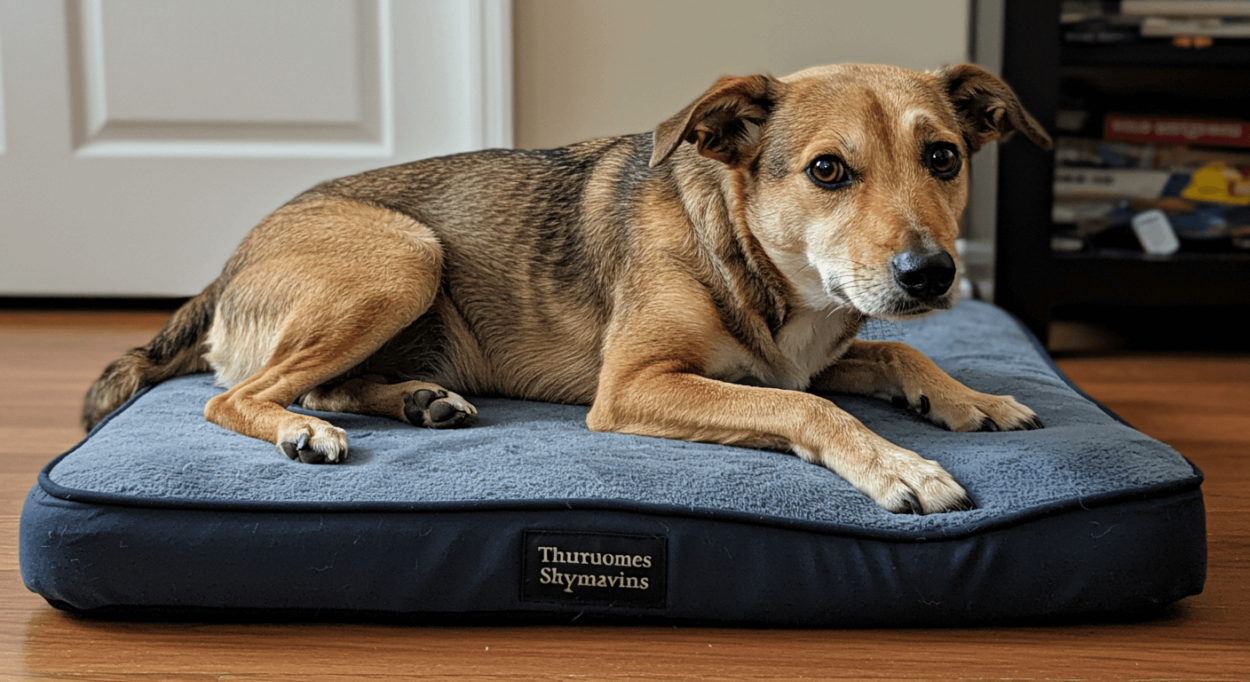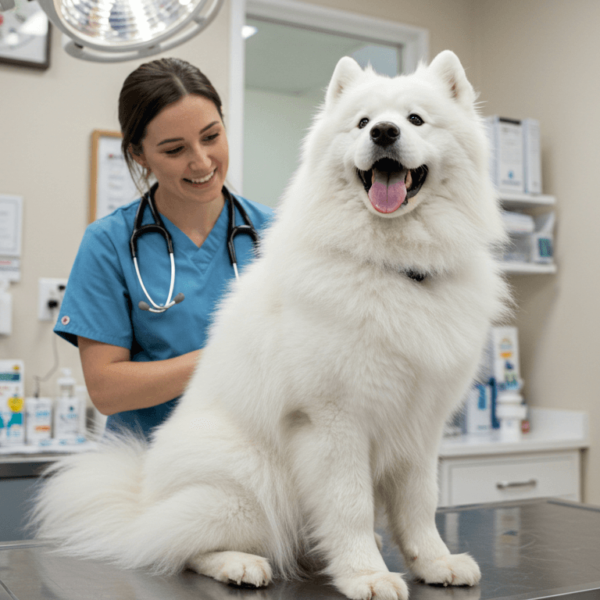Introduction
Canine arthritis symptoms can sneak up quietly, but early detection is key to helping your dog live a pain-free and active life. If your furry friend is slowing down or acting differently, they might be trying to tell you something. In this post, we’ll break down how to spot arthritis in dogs, what symptoms to look for, and how you can manage them effectively.
Table of Contents
What Is Canine Arthritis?
Arthritis in dogs, also known as osteoarthritis or degenerative joint disease, is a chronic condition that causes inflammation and pain in the joints. It’s especially common in senior dogs but can also affect younger dogs due to injury, genetics, or obesity.
Common causes of arthritis in dogs include:
- Aging and natural joint wear
- Joint deformities such as hip or elbow dysplasia
- Injuries like torn ligaments or fractures
- Obesity placing stress on the joints
- Genetics (certain breeds are more prone, like Labrador Retrievers and German Shepherds)
Early Warning Signs of Canine Arthritis
Dogs can’t tell us when they’re hurting, so it’s up to pet parents to look out for changes.
Physical symptoms to watch for:
- Limping or lameness after activity or sleep
- Morning stiffness or slow movement
- Trouble with stairs or jumping
- Swollen or warm joints
- Muscle loss in the legs
Behavioral signs:
- Irritability when touched
- Avoiding play or walks
- Sleeping more
- Whining or whimpering during movement
How to Help a Dog With Arthritis
While arthritis isn’t curable, it is very manageable with a combination of lifestyle changes, supportive care, and veterinary guidance.

Simple home tips:
- Use orthopedic dog beds for better joint support
- Install ramps or steps to reduce jumping
- Place nonslip rugs on smooth floors
Nutrition and supplements:
- Glucosamine and chondroitin for joint health
- Omega-3 fatty acids from fish oil to reduce inflammation
- Anti-inflammatory foods like turmeric and sweet potatoes
Gentle exercise ideas:
- Short, frequent walks rather than long ones
- Swimming for low-impact movement
- Gentle massage and even acupuncture for added relief
Vet-Recommended Treatments
If symptoms worsen, your vet may suggest:
- Prescription NSAIDs for pain and inflammation
- Joint injections for targeted relief
- Laser therapy to reduce stiffness
- Surgery for severe or advanced cases
Every dog is different, so your vet will tailor a plan that fits your dog’s specific needs.
FAQ: Canine Arthritis Symptoms
How early can dogs show arthritis symptoms?
Some dogs start showing signs as early as 1–2 years old, especially if they have joint problems. Most cases appear around age 7 or later.
Is limping always a sign of arthritis?
Not necessarily. Limping may result from injuries too, but if it’s persistent, arthritis could be the cause. It’s best to see a vet.
Can arthritis in dogs go away?
No, it’s not curable, but it can be effectively managed with proper care, medication, and exercise.
Should I stop exercising my arthritic dog?
Not at all. Regular gentle movement helps. Just avoid rough play or high-impact activities.
Can puppies get arthritis?
It’s rare, but possible if a puppy has genetic joint conditions or suffers trauma.
Conclusion: Spot the Symptoms, Improve Your Dog’s Life
Recognizing canine arthritis symptoms early can dramatically improve your dog’s comfort and mobility. From limpiness to stiffness, the earlier you intervene, the more you can slow progression and ease discomfort.
Take action today: If your dog shows any signs, talk to your vet, start making changes at home, and explore treatment options.
We’d love to hear your story: Have you helped your dog manage arthritis? Share your experience in the comments!




Sign up